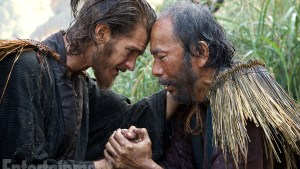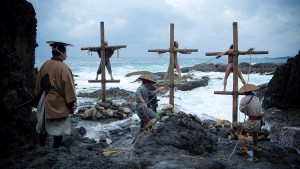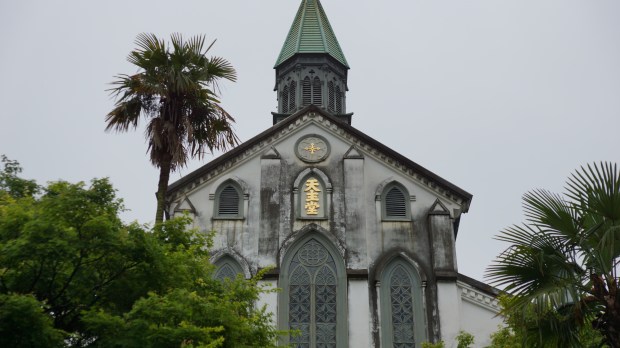The memory of Japan’s early Christian heritage was honored by the United Nations with the naming of 12 sites linked to Japan’s persecuted Christians to UNESCO’s World Heritage list on Saturday.
The 12 sites include places where the “hidden” Christians of Japan practiced their faith in secret, in spite of persecution during the Tokugawa shogunate for 250 years, from the 17th to the 19th century.
After the Jesuits arrived in the 1540s, Christianity flourished in Japan, but out of the fear of influence of colonial powers, the Shogunate banned Catholicism in 1620. Many of the country’s 750,000 Christian converts were killed, but many more went underground, practicing their religion and transmitting their faith in secret in spite of the risk of death.

Read more:
Scorsese’s “Silence” Explores the Mystery of Faith
The sites named to the list include the oldest surviving church in Japan, Oura Cathedral in Nagasaki; the village of Sakitsu in Amakusa, Kumamoto Prefecture where hidden Christians practiced their faith in secret; and the remains of Hara Castle, a site of the Shimabara-Amakusa Rebellion which led to the underground movement of Japanese Christians.
Without the aid of the Jesuit missionaries who introduced them to the faith, the hidden Christians or kakure krishitan gathered in private, passing on Scripture orally, and incorporating Buddhist and Shinto elements into their Catholicism.
Today only a handful of modern day hidden Christians exist, some of whom were among the 100 or so gathered at a museum on Ikitsuki Island in Nagasaki Prefecture to celebrate the announcement.
Chanting prayers that were passed down by their ancestors, they applauded the decision.
“I’m proud that my hometown is now recognized globally,” Satomi Ogino, a 31-year-old housewife who briefly returned from Yokosuka, Kanagawa Prefecture told Japan Times. “I’d like to convey the value of the heritage site to my 1-year-old son someday.”
In Amakusa, where thousands of Japanese Christians lost their lives during the persecution, 450 attended an event to celebrate the announcement.
“They cast a spotlight on predecessors who kept their faith. I was able to witness a great day,” Emiko Yoshimura, a 67-year-old leader of the congregation at the Sakitsu Church, told Japan Times.

Read more:
Bishop Barron: Scorsese’s ‘Silence’ and the Seaside Martyrs

